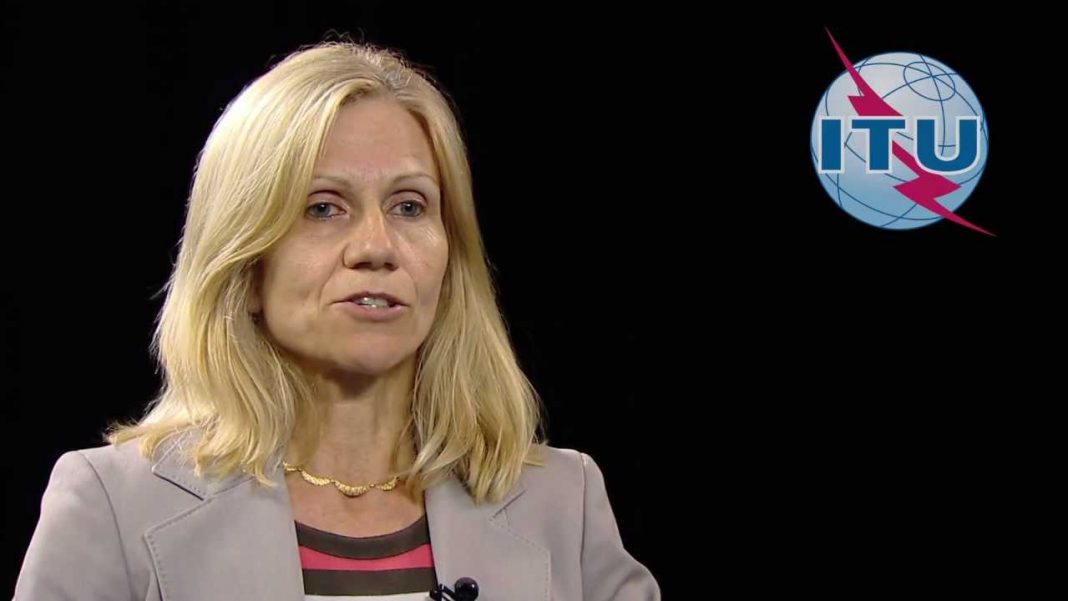By Susan Teltscher
In 2018, numbers on Internet usage made headlines announcing that more than half the world is online.
This is indeed great progress given that 15 years earlier (in 2003) only 12 of the world’s people were using the Internet.
Despite this enormous growth, however, nearly half of the world’s people are still not using the Internet and so unable to reap many of the benefits of today’s digital economy. Even worse, Internet user growth rates in developing countries are slowing.
So what can be done to get everyone online and be part of the digital society and economy?
Providing digital skills training – along with lower costs and more relevant content – are some of the key factors to bridging the digital divide, but first it is important to have a clear idea of the reasons why more people are not using the Internet.
Why are people not using the Internet?
It is often wrongly assumed that people are not online because they don’t have access to Internet services (e.g. no Internet where they live). The facts do not support this argument.
Today, more than 90 per cent of the world population lives within reach of a 3G (if not 4G) mobile broadband network. So in theory, people could buy a data package from a local operator and go online.
One could argue that global Internet usage could stand at 90 per cent (instead of 50 per cent) if everyone who had access to the service bought it. But we know that this is not the case. We need to look for, and understand, other barriers or reasons for why people choose not to use the Internet so that appropriate action can be taken.
Affordability is certainly a major reason. Although smart phone prices have dropped across the globe, they are still high – as much as people’s monthly income in a number of countries. Data packages are also costly and the quality of the connection is often low which doesn’t incentivize people to buy the service.
“The policy focus has to shift from a discussion on infrastructure/access-related measures towards digital literacy and human skills development measures.”
This, coupled with the lack of attractive applications with relevant content is reason enough not to spend the little money available. The mobile revolution took off since it addressed a basic need of people – to be able to communicate. Even poor households spend a large share of their income on mobile telephony (sometimes more than on food) since they value it highly.
Unless such basic needs will be met by Internet-enabled services, the Internet revolution will not take off in poor countries.
Lack of education and skills is a key barrier to Internet uptake
One of the main barriers to Internet uptake is a lack of capacity and skills of people to use the Internet and take advantage of what it offers.
Data collected in developing countries through national representative household surveys and compiled by ITU (see MISR 2018), as well as through the After Access surveys, provide revealing insights in this regard: when asking people why they are not using the Internet, around 65% of the answers are linked to education and skills (e.g. “don’t know what the Internet is”, “don’t know how to use it”).
Even in more advanced countries, 60 per cent of the population lack standard digital skills. There is a strong correlation between people’s levels of education and Internet usage.
The gap between people having access to Internet and not using it is largest in the least developed countries (70 per cent 3G service coverage compared with 20 per cent Internet usage in 2018). In these countries, the gender Internet user gap is also the largest and it is often girls and women who are also less educated and digitally illiterate.
What needs to be done?
Therefore, the policy focus has to shift from a discussion on infrastructure/access-related measures towards digital literacy and human skills development measures in order to effectively close the digital divide and ensure that all citizens will be part of the evolving digital society.
This will require a concerted effort by all stakeholders involved in the digital skills ecosystem, ranging from policy makers across different sectors to private companies, academic and educational institutions, as well as community-based organizations.
This is now increasingly being recognized by national governments and the international development community. Programmes and initiatives addressing the digital skills gap are mushrooming.
Digital skills are needed at all levels: at the basic level, to help people connect and benefit from Internet services and applications; at the intermediate level, to help students and job seekers get the necessary skills required by the digital economy; and at the advanced level to increase the pool of ICT experts and meet the demands of the industry.
How ITU contributes
Strengthening capacities in the field of digital technologies is a core mandate of ITU.
The ITU Academy is the main gateway to ITU’s activities on capacity and skills development. It offers a large number of training courses on topics ranging from cybersecurity, Internet of Things, spectrum management, to e-government, innovation and digital inclusion.
The portal has recently been revamped and now facilitates easier and more user-friendly access to ITU capacity development activities, courses and workshops. The ITU Centers of Excellence are key partners in the delivery of training.
There is ample evidence that shows how digital technologies can improve people’s lives and help achieve the United Nations Sustainable Development Goals (SDGs). This will only be achieved through a digitally literate population.
The writer is Head of ITU’s Human Capacity Building Division







